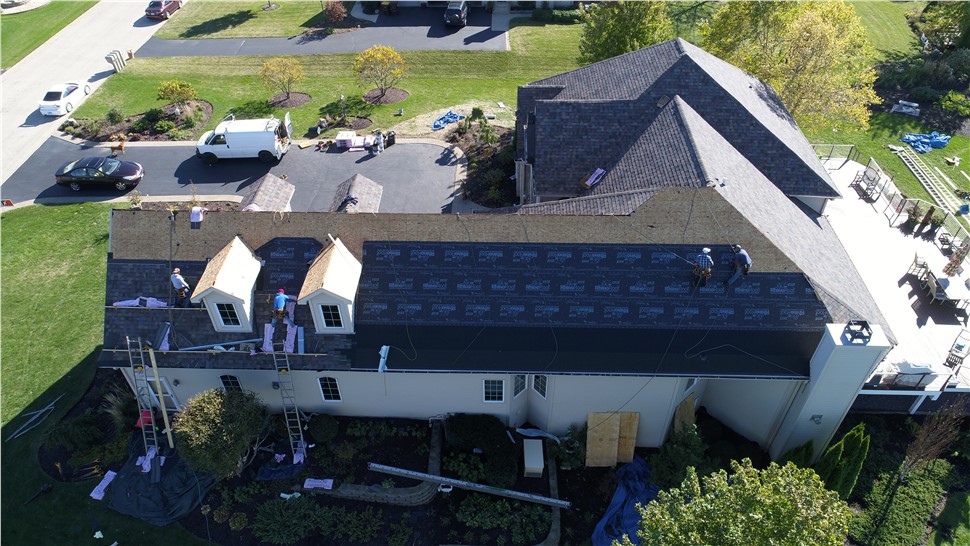Roof inspections are essential for identifying potential issues and making certain the longevity of your roof. Regular inspections may help detect problems early, stopping expensive repairs or replacements down the line. Here are Roof Replacement Camden and steps for conducting a roof inspection:
Visual Inspection:
a. Exterior Inspection:
Start by inspecting the roof from the ground using binoculars or by safely climbing onto a ladder to get a extra in-depth look.

Look for visible indicators of harm, similar to missing or damaged shingles, curling or buckling shingles, or loose or deteriorated flashing round roof penetrations.
Check for particles, moss, algae, or lichen development on the roof, which might point out moisture-related issues.
Inspect the gutters and downspouts for granules from shingles, as excessive granule loss can signal shingle put on.
b. Interior Inspection:
Go into the attic or crawl area and examine the underside of the roof deck for signs of leaks, moisture, or water stains.
Look for daylight coming via cracks or holes in the roof deck, which can indicate roof injury.
Check for indicators of insulation injury, mould, or mildew growth, which might outcome from roof leaks.
Roof Walk:
a. If it's safe to take action, walk on the roof surface to inspect it up shut.
b. Be cautious and put on applicable safety gear, corresponding to non-slip shoes and a safety harness if wanted.
c. Look for any delicate or spongy areas, which might point out underlying damage.
d. Check for free or broken roofing materials, in addition to indicators of damage and tear.
Moisture Detection:
a. Use a moisture meter to detect hidden moisture inside the roof construction and insulation.
b. Moisture detection might help determine leaks or areas of potential water intrusion that will not be visible.
Drone Inspection:
a. Drones outfitted with cameras can provide a comprehensive view of the roof surface without the need for direct bodily entry.
b. A drone inspection can be particularly helpful for larger or hard-to-reach roofs.
Professional Inspection:
a. Consider hiring a professional roofing contractor or inspector to conduct a radical inspection.
b. Professionals have the experience, instruments, and expertise to identify points that may not be obvious to a house owner.
Documentation:
a. Document your findings with photographs and notes to create a document of the roof's condition.
b. This documentation may be useful for monitoring modifications over time and for insurance claims or repairs.
It's important to perform roof inspections frequently, ideally a minimum of annually, and after extreme climate occasions like storms. Additionally, when you're not snug or assured in your capacity to carry out a roof inspection safely, it's advisable to hire a professional roofing professional to ensure an intensive and accurate evaluation of your roof's situation..
